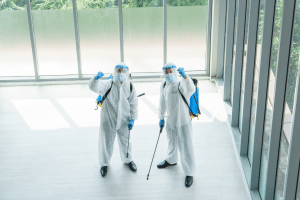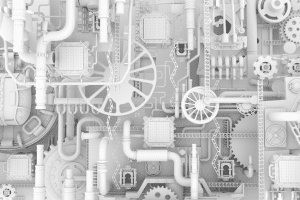Clean Rooms in Medicine: Ensuring High Standards of Health and Technology
Clean rooms play a critical role in the medical world, where precision and quality are essential for success. From drug manufacturing to the development of advanced medical technologies, clean rooms provide a sterile environment that enables compliance with the strictest standards. This article explores the advantages of using clean rooms in medicine, their key areas of application, and their impact on public health.
What is a Medical Clean Room?
A medical clean room is a controlled environment where all environmental parameters—such as contamination levels, temperature, and humidity—are carefully monitored and regulated. Advanced technologies such as HEPA and ULPA filters are used to purify the air and prevent the entry of contaminants.
Main Applications in Medicine
Pharmaceutical Manufacturing:
Drug production requires a completely sterile environment to prevent contamination. Clean rooms allow compliance with GMP (Good Manufacturing Practice) standards.
Vaccine Development:
Vaccines are produced in ultra-clean environments to ensure their effectiveness and safety. Clean room technologies prevent contamination during the production process.
Medical Equipment Manufacturing:
Clean rooms are essential in the assembly of advanced medical equipment such as MRI machines, dialysis machines, and medical implants.
Research and Development:
Many medical laboratories use clean rooms for clinical research, trials, and the development of innovative technologies.
Advanced Surgical Technologies:
Operating rooms with clean room conditions ensure minimal contamination during complex surgical procedures.
Advantages of Using Clean Rooms in Medicine
-
Infection Prevention:
Absolute control of contamination levels helps prevent health risks and ensures the integrity of medical products. -
Compliance with Strict Standards:
Clean rooms enable companies and facilities to meet stringent regulatory requirements from health ministries and international organizations. -
Improved Production Processes:
Advanced quality control ensures that medical products are safer and more effective. -
Innovation Acceleration:
Sterile work environments enable the development of new technologies and advanced healthcare research.
Advanced Clean Room Technologies in Medicine
-
Advanced Air Filtration:
HEPA/ULPA filter systems for maximum air purification. -
Smart Control Systems:
Use of artificial intelligence to monitor and manage working conditions. -
Contaminant-Repellent Materials:
Specialized materials for coating walls, ceilings, and furniture to reduce contamination risks. -
Automation and Robotics:
Robotic technologies for performing sensitive tasks without human contact.
Challenges in Using Clean Rooms in Medicine
-
High Costs:
Building and operating clean rooms require significant investment. -
Strict Regulatory Requirements:
Compliance with rigorous standards and quality control is necessary. -
Skilled Workforce:
Operating clean rooms requires professionally trained personnel.
Conclusion
The use of clean rooms in medicine ensures the highest levels of quality and safety. Thanks to advanced technologies and sterile work environments, healthcare products and medical equipment can be safe, effective, and tailored to public needs. Investment in clean rooms is not just an industrial necessity, but a critical component in improving quality of life and public health.










